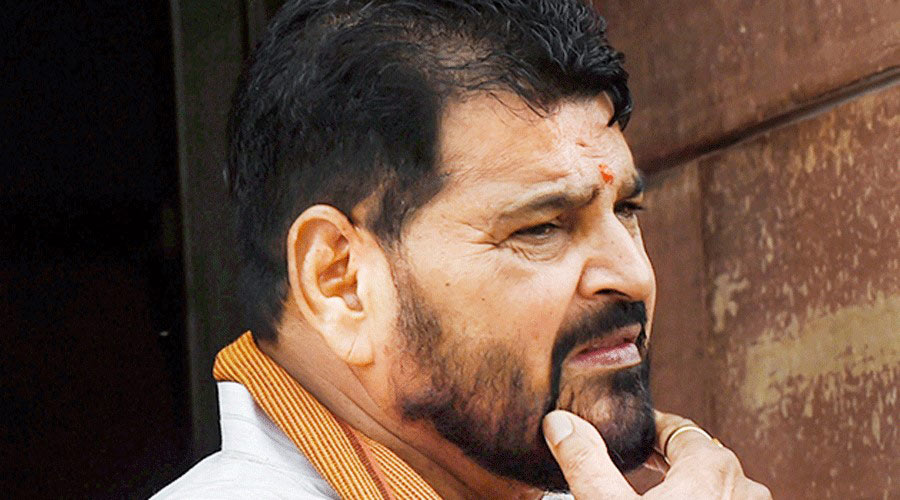Every great wrestler has his signature move. American professional wrestler Hulk Hogan was famous for the leg drop, Dwayne Johnson or The Rock is known for moves like rock bottom, people’s elbow, Samoan drop and spinebuster. And India's very own, the Great Khali, is known for his vice grip, wherein he crushes the cranium of his opponent. Before all of them, there was Ghulam Mohammad Bux or Gama Pehlwan, the boy from Datia, Madhya Pradesh. It is said that his career ended for a lack of opponents. In August of 1910, an American "show-wrestler" known as Doc Roller agreed to face him. Those days, Gama was in England and the face-off was organised at a theatre in Leicester Square. The Sportsman reported the event thus: "The end came in 9 min 9 sec... It may interest Mr [Rudyard] Kipling to know that the gallery greeted the dusky victor as 'Gunga Din'."
Mansplanation
Wrestling has been an Olympic sport since 1896. But wrestling in India traces its origin to the fifth century BCE. In Akbar's court, in the 16th century, there were many wrestlers. The Ain-i-Akbari contains references to Mirza Khan of Gilan (in Iran), Muhammad Quli of Tabriz (in Iran), Cadiq of Bukhara (in Uzbekistan), Murad of Turkistan (in Kazakhstan), Hilal of Abyssinia, Kanhya, Mangol, Ganesh, Bajmath. The role of akharas in India’s struggle for Independence is legendary. Men's wrestling is tied to ideas of machismo, physical prowess. There is also an entire narrative around wrestling, the disciplining of the body, mind, morals. There are scholarly pieces on how wrestlers model themselves on sannyasis or ascetics.
The Switch
Women's wrestling in its present-day avatar is said to have started in France in the 1960s-1970s and was rooted in the second feminist movement. This was when contraception was legalised, as was abortion. If men's wrestling is about celebrating the body, women's wrestling has been about using the body to channelise a spirit and to defy traditional perceptions. Women were wrestling in Norway in the early 1970s. Japan took to it in the late 1980s. In 2004, women's wrestling was added to the Olympic repertoire. In 1997, no sooner than the announcement was made, ace wrestler Chandgi Ram started training his two daughters --- Sonika and Deepika Kaliraman. In 2001, Sonika won the Bharat Kesri title, but a decade later when she levelled charges of sexual misdemeanour against the Wrestling Federation of India (WFI), the selection committee and the coaching staff, she found herself in a takedown like no other. Last week, after much grappling with lawkeepers, seven women wrestlers have finally managed to file two FIRs against WFI boss and BJP MP Brij Bhushan Sharan Singh, who they have accused of sexual harassment. Don't cheer yet, Singh is a wrestler before anything else. There would be wisdom in anticipating and preparing for a sprawl out.











